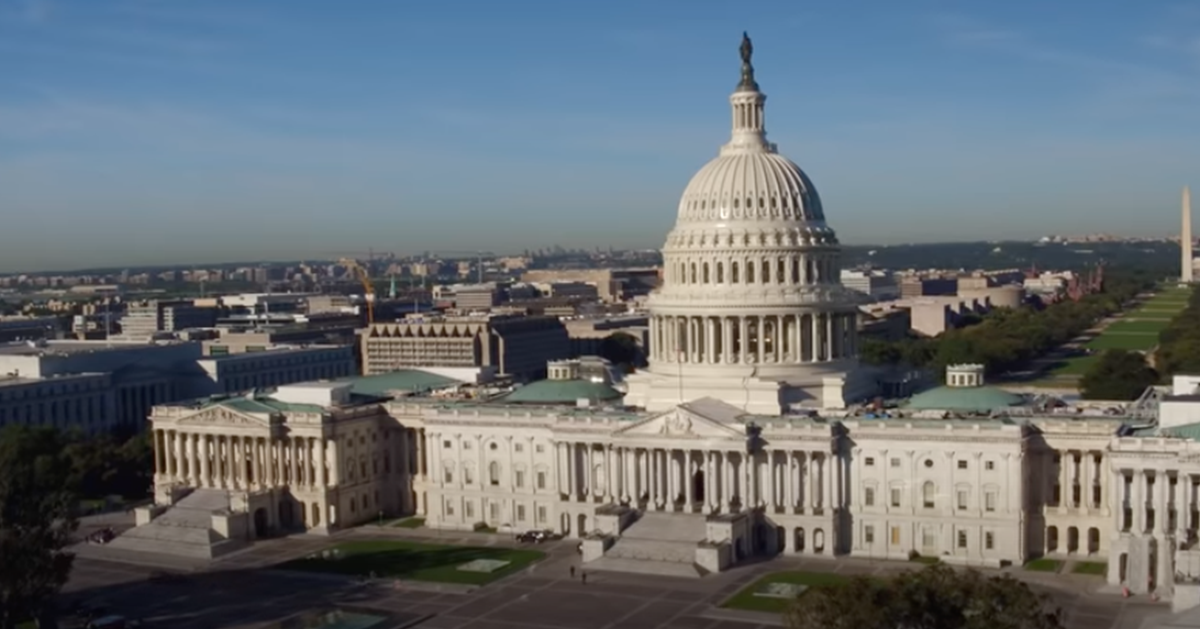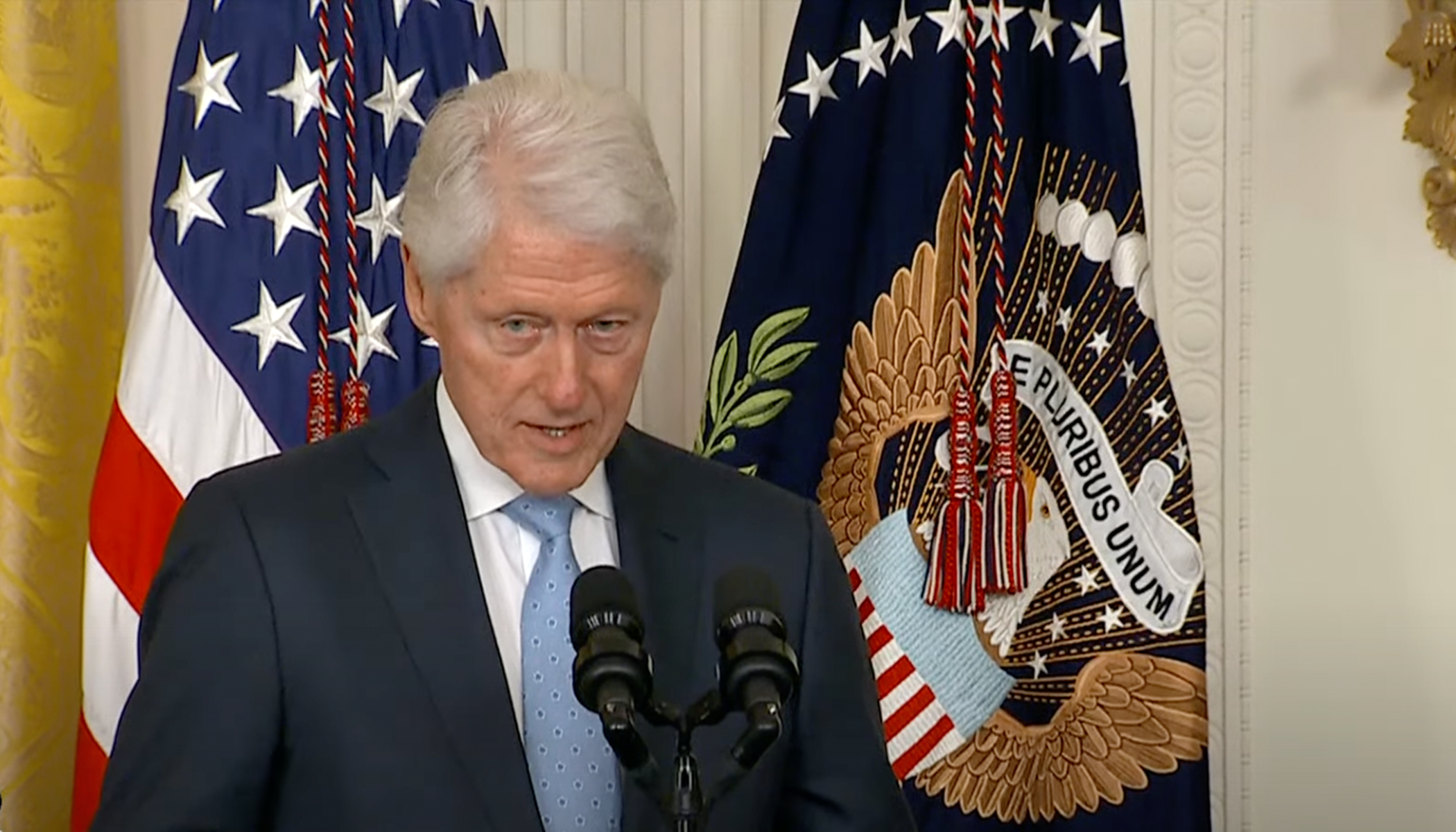Bombshell Evidence Rocks Daniel Penny Trial in NYC
The New York trial of Daniel Penny, accused of causing the death of Jordan Neely in a 2023 subway incident, began with opening arguments on Friday morning.
Penny, a former Marine, faces charges of manslaughter for his actions on an uptown F train in Manhattan where he allegedly restrained Neely, a homeless man, with a chokehold, but shocking new evidence has indicated that Neely still had a pulse when help arrived on the scene, as the Post Millennial reports, potentially casting doubt on the prosecution's case.
On the day of the incident, Neely was reportedly behaving erratically and threatening fellow passengers on the train. Penny, along with other individuals on the subway, intervened to restrain Neely, leading to the controversial use of a chokehold by Penny. This dramatic scene unfolded as the train reached a station, prompting a response from law enforcement.
Video footage presented in court depicted Neely still having a pulse when New York City Police Department officers arrived at the scene.
The officers reached the location at 2:33 p.m. and found Neely unconscious but with a detectable heartbeat. Despite this, they did not perform mouth-to-mouth resuscitation due to concerns about possible drug intoxication and the risk of disease transmission.
Chokehold Duration and Emergency Response
In a brief exchange, Penny told police officers that he had "put him out," when queried about Neely’s condition on the floor. The officers opted to administer Narcan, a medication used to reverse opioid overdoses, and commenced cardiopulmonary resuscitation (CPR) by 2:38 p.m.
Paramedics joined them ten minutes later and continued their efforts to revive Neely. Despite these endeavors, Neely was ultimately declared dead at Lenox Hill Hospital.
The prosecution maintained that the altercation from the moment Neely was seized until the train's doors opened lasted merely 30 seconds. However, Penny allegedly maintained the chokehold for an additional six minutes. This aspect is pivotal to the prosecution’s argument that Penny’s actions were excessive and dangerous.
Defense Strategy and Legal Arguments
Penny's defense attorney, Thomas Kenniff, contended that Penny did not exert sustained pressure on Neely's neck throughout the entire duration.
Kenniff explained if Penny had done so, Neely would have lost consciousness within the initial minute. Kenniff further argued that Penny acted to safeguard passengers until the arrival of the authorities, which took approximately seven minutes from the initial call.
The officers who responded described Neely's condition with derogatory language and expressed an inclination to protect themselves from health risks. The debate over Penny’s intentions is a significant point in the deliberations, with the defense asserting that harm was not intended.
Challenges of Securing Conviction
An assistant district attorney from Manhattan D.A. Alvin Bragg’s office acknowledged the difficulties in pursuing a conviction, citing Penny’s lack of malicious intent. This acknowledgment points to the complexities in proving beyond reasonable doubt that Penny's actions constitute manslaughter.
The trial is predicted to continue for six weeks, during which both sides will present evidence and arguments regarding the extent and nature of Penny’s intervention.
As the courtroom proceedings unfold, broader questions surrounding the incident have emerged, particularly issues regarding mental health, homelessness, and public safety.
The incident has already ignited debate over the appropriate responses to perceived threats in public spaces, highlighting the potential consequences of civilian interventions.
Penny's trial is drawing significant public and media interest, as it sits at the intersection of crucial societal topics. These include vigilantism, the rights and protections of homeless individuals, and the duties of public transport passengers in emergencies.
The outcome of this trial may have enduring implications for how similar situations are approached and judged legally and socially in the future. As the trial advances, it remains crucial to consider the numerous layers and perspectives involved in this complex legal and moral issue.
The ultimate verdict will likely provide insight into societal attitudes towards safety and accountability in public spaces, shaping future responses to crises on public transportation systems.





